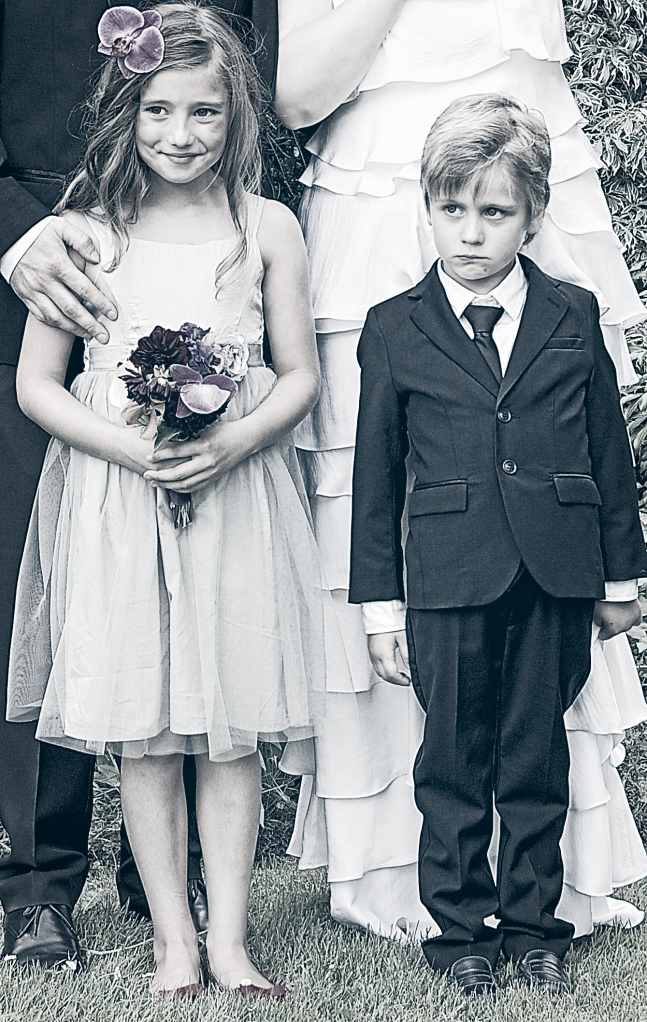A Wedding
On a beautiful sunny Saturday in July (2014), I photographed Sara and Rob’s wedding. As a hobby photographer, this was my first real job; I felt both excited and panicked – what if I messed up? I heeded the cautionary tales that well-meaning friends shared and ensured I had an extra battery. Even though everything moves along so quickly at a wedding, I was able to relax and get into my zone. It’s easy to find beauty when there is so much love in the air. For me, taking photographs of people, especially catching those unguarded moments is such a wonderful gift. I am so grateful that I was asked to capture the moments from this very important day.
This was an intimate wedding of about 25 guests, at a beautiful beach location in West Vancouver. The bride and groom were perfectly calm and enjoyed their day with friends and family. It was such a joy for me to be a part of this happy occasion. The car holding the wedding rings has a personal significance to the couple. A friend of the couple who was not in attendance, gave them the giant beach ball, which was blown up by an uncle after the ceremony and rolled out onto the lawn for the kids to play with. It turned out to be a great prop and we have a lot of fun photographs with the beach ball. You will see a cheeky, spontaneous kiss from the bride’s son to the daughter of the groom! And finally, at the reception, after taking a few photos of the couple’s rings, I returned them and was lucky to catch the groom on bended knee re-enacting the proposal.
I have uploaded more photos from this wedding on my smugmug site.



